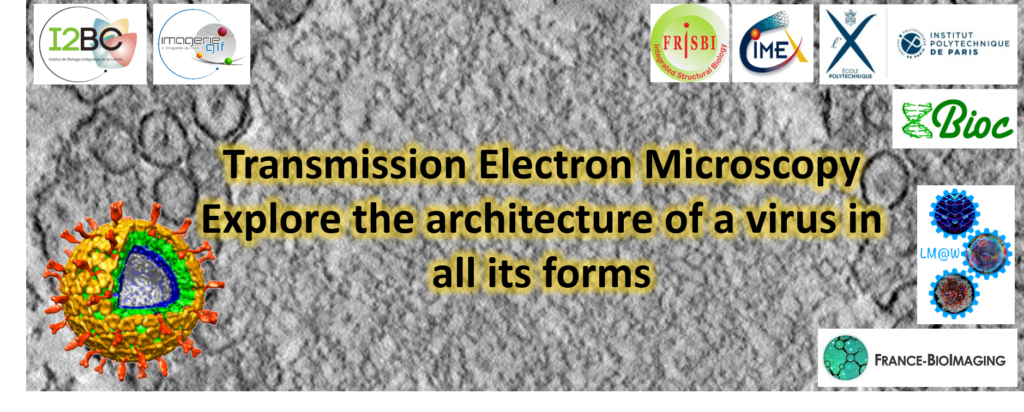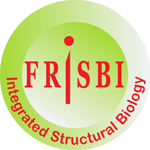Advancing multimodal microscopy of thick samples for preclinical studies

The new France-BioImaging preclinical microscopy Working Group, whose aim is to advance multimodal microscopy of thick samples for preclinical studies, is organizing its first meeting! The event will take place on Monday December 12th 2022 in Nantes.
The event will present three aspects of preclinical microscopy:
- Imaging technologies (correlative microscopy, thick tissue or organoid microscopy, light sheet microscopy, intravital imaging and label free imaging)
- Image analysis (whole slide, correlative and 3D analysis)
- Regulatory frameworks (animal testing ethics and best practices in preclinical development)
Preliminary program
Registration Form
Deadline to register 04/12/2022 at 23:59
This form is currently closed for submissions.
The meeting will cover three aspects of preclinical microscopy with presentations of 30mn and a final round table:
- Imaging technologies
- Correlative microscopy
- Thick tissue imaging
- 3D whole organ macroscopy
- Intravital imaging (imaging chambers, exposed organs in living animal..)
- Label free imaging
- Image analysis
- Whole slide imaging analysis
- Correlative image analysis
- 3D reconstruction (distortion, alignment problems…)
- Regulatory frameworks
- Animal testing ethics (3R, Ethics Committee…)
- Preclinical developments (GMP, 21 CFR Part 11 Compliance…)
- Closing
- Round table
- Synthesis
Poster
France-BioImaging PreClinical Working Group
The PreClinical topic is usually connected to animal studies, but one needs to take into account the following aspects :
- Preclinical development, also termed preclinical studies or nonclinical studies, is a stage of research that begins before clinical trials (testing in humans) and during which important feasibility, iterative testing and drug safety data are collected, typically in laboratory animals.
- Preclinical imaging usually refers to whole animal imaging techniques allowing longitudinal studies such as high-frequency ultrasound, magnetic resonance imaging (MRI) and computed tomography (CT) which are usually used for anatomical imaging, while optical imaging (fluorescence and bioluminescence), positron emission tomography (PET), and single photon emission computed tomography (SPECT) which are usually used for molecular visualizations. This macro imaging scale is proposed within the infrastructure France Life Imaging.
- Multimodal imaging including the microscopy scale is largely developing. Technologies developed within FBI could benefit to the preclinical community
- The communities of cell, tissue and intravital microscopies need to know each other better.
Our Goal
The new France-BioImaging Working Group wants to focus on the microscopic aspect of the “preclinical imaging”. It aims to develop microscopy technologies for preclinical studies used to explore highly resolved information at the organ level. It includes, for example, whole slide quantitative tissue histology, correlative microscopy, 3D from sections as well as Light sheet fluorescence microscopy for 3D whole organ imaging, intravital organ imaging or multi photon microscopy. The goal is to bridge the gaps between communities dealing with either fixed sections or living organs.
Call for speakers
The Working Group would like to call on speakers interested in presenting one of the several aspects that will be highlighted during the meeting and contributing to the Working Group (open to everyone). If you are interested, please get in touch:
This form is currently closed for submissions.





